What Should Be Included In A Dental Website?
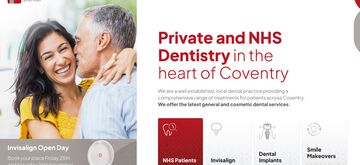
Whether you are revamping an existing website or starting from scratch, it always helps to make sure you have covered the basics.
Your dental website should serve several functions:
Provides information to existing patients
Helps to attract new patients
Ensures your practice is compliant with GDC rules
A good dental marketing website is adaptable to the needs of your audience. And the best way to achieve this is by making sure you always have the following elements on your dental website.
The basics
At the most basic level, your dental website should include practical information about your practice. This includes contact information and how to find your practice. It should also include an overview of your team, with images, dentist qualifications, places of study and GDC numbers for all dentists and nurses.
You can include this information on your homepage if you have a smaller website, or you might want to include a “meet the team” page. When choosing your website CMS, it’s important to ensure this information is easily updated by your practice staff to keep everything current. This is why we recommend Craft CMS.
In addition to this basic information, your website should also include the following components:
A page with more information about your dental practice
Treatment pages split into categories
Fees, finance and offers page
A contact and thank you page
A blog or news section
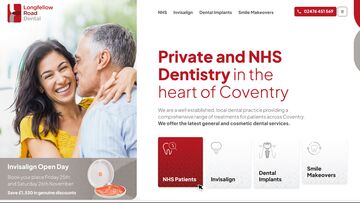
What to include on your homepage
Your website homepage is perhaps the most important page on your website. It is often the first impression new patients will have. It’s very easy to create a simple home page, but there are simple steps you can take to make your home page work harder.
Include an overview of your most valuable treatments, or include the treatments that you would like to expand
Include your latest offers
Include an overview of finance options with a finance calculator
Use bespoke website imagery
Include information about emergency dental services, if relevant
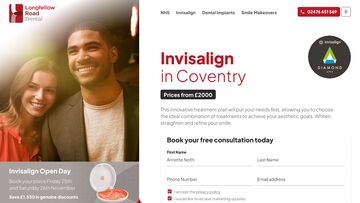
Treatment pages
While your homepage might be the first page website visitors see when they are searching for your practice by name, when they are searching for specific treatments, they are far more likely to land on a treatment page. This is, of course, if you have properly optimised your website for search engines.
Every treatment page should include all of the information a website visitor needs to take the next step. This should include information about the treatment, who is a good candidate, what the procedure involves, how much it will cost and financing information. You can also build trust through the inclusion of testimonials, smile galleries and review widgets.
Treatment pages should also include multiple CTAs to make it easier for a visitor to convert. This could include online booking, online consultations, a chatbot to clear up any questions, and the usual methods of contact including a phone number and contact form.
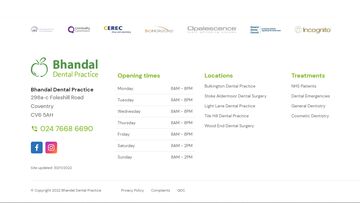
What goes in the footer?
Your website footer is an often-overlooked aspect of your website, but it can be incredibly hard-working. Your website footer should include links to essential pages such as your privacy policy, terms and conditions, a link to the GDC website, and your complaints procedure.
You also need to ensure your website is GDPR compliant by including a cookie banner and giving users the option to opt-out if required.
Your footer should also include links to your most valuable treatments, treatment categories and other essential pages. It’s also beneficial to include your contact details as this will populate the information over every page on your website. This can help to improve your local search visibility.
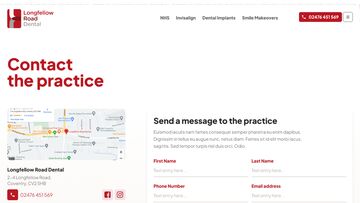
Contact and thank you pages
Your contact page should include multiple ways to get in touch, with a separate route for those making a complaint.
You can also differentiate the method of contact for patients looking for treatment information and patients looking for same-day emergency care. Including a map on your contact page is also good practice as it keeps users on your website.
When users submit a contact form, they should be redirected to a thank you page. This page can further help to manage their expectations and get them excited about the prospect of treatment. For example, you could include information about how long they can expect to wait for a response. Next, you can include links to offers that might be of interest to them.

Adding a blog to your website
A blog can serve many functions on your website. It allows you to share timely practice information without the need to update your main website. These updates could include offers, new treatment information and changes to your opening hours.
Your blog also helps to increase your visibility on search engines by letting the search engine crawlers know that your website is regularly updated. This helps to increase your website authority, which can boost your rankings.
Closing thoughts
If you need help creating a new dental practice website, or if your current website is ready for a refresh, get in touch today. We can help you to plan and build a website that is hard-wired to drive conversions.